Nimustine hydrochloride
- CAS NO.:55661-38-6
- Empirical Formula: C9H14Cl2N6O2
- Molecular Weight: 309.15
- MDL number: MFCD01676942
- EINECS: 678-313-2
- SAFETY DATA SHEET (SDS)
- Update Date: 2024-11-05 19:05:58
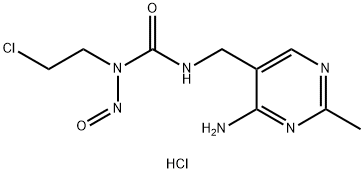
What is Nimustine hydrochloride?
The Uses of Nimustine hydrochloride
Nimustine Hydrochloride is a DNA alkylator and cross-linking agent. It is used in chemotherapy in a part of anti-cancer cocktail used to treat malignant melanoma.
What are the applications of Application
Nimustine hydrochloride is a DNA alkylator and cross-linking agent
Definition
ChEBI: A hydrochloride obtained by combining nimustine with one equivalent of hydrochloric acid. An antineoplastic agent especially effective against malignant brain tumors.
Properties of Nimustine hydrochloride
| Melting point: | 186°C(lit.) |
| storage temp. | under inert gas (nitrogen or Argon) at 2–8 °C |
| solubility | soluble in Methanol |
| form | White to light yellow crystalline solid. |
| color | White to Light yellow |
| PH | 3.0~4.5 (5g/l, 25℃) |
| Merck | 14,6553 |
| CAS DataBase Reference | 55661-38-6(CAS DataBase Reference) |
Safety information for Nimustine hydrochloride
| Signal word | Danger |
| Pictogram(s) |
 Skull and Crossbones Acute Toxicity GHS06 |
| GHS Hazard Statements |
H301:Acute toxicity,oral |
| Precautionary Statement Codes |
P301+P310:IF SWALLOWED: Immediately call a POISON CENTER or doctor/physician. |
Computed Descriptors for Nimustine hydrochloride
Related products of tetrahydrofuran

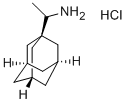


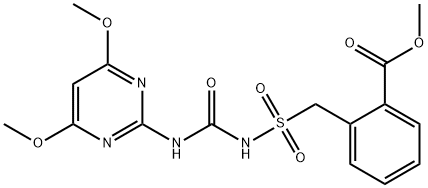
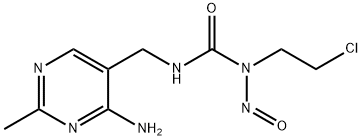
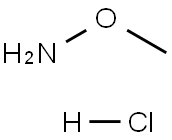

You may like
-
 Nimustine HCl 98% CAS 55661-38-6View Details
Nimustine HCl 98% CAS 55661-38-6View Details
55661-38-6 -
 77-92-9 99%View Details
77-92-9 99%View Details
77-92-9 -
 77-92-9 99%View Details
77-92-9 99%View Details
77-92-9 -
 8000-27-9 CEDAR WOOD OIL 99%View Details
8000-27-9 CEDAR WOOD OIL 99%View Details
8000-27-9 -
 AMMONIUM DICHROMATE 7789-09-5 99%View Details
AMMONIUM DICHROMATE 7789-09-5 99%View Details
7789-09-5 -
 77-78-1 DIMETHYL SULPHATE 99%View Details
77-78-1 DIMETHYL SULPHATE 99%View Details
77-78-1 -
 7778-80-5 POTASSIUM SULPHATE 99%View Details
7778-80-5 POTASSIUM SULPHATE 99%View Details
7778-80-5 -
 95-54-5 99%View Details
95-54-5 99%View Details
95-54-5
Statement: All products displayed on this website are only used for non medical purposes such as industrial applications or scientific research, and cannot be used for clinical diagnosis or treatment of humans or animals. They are not medicinal or edible.